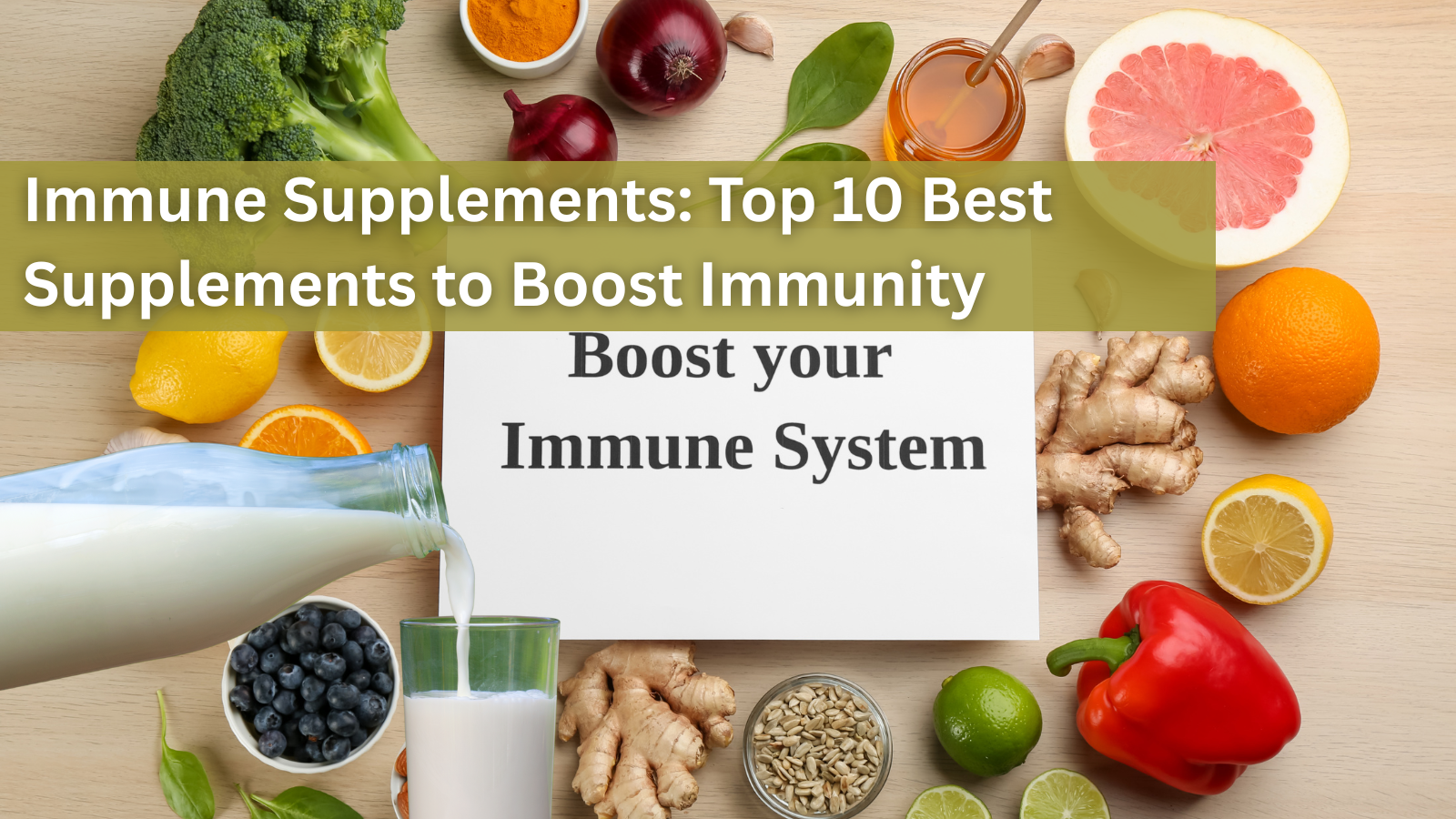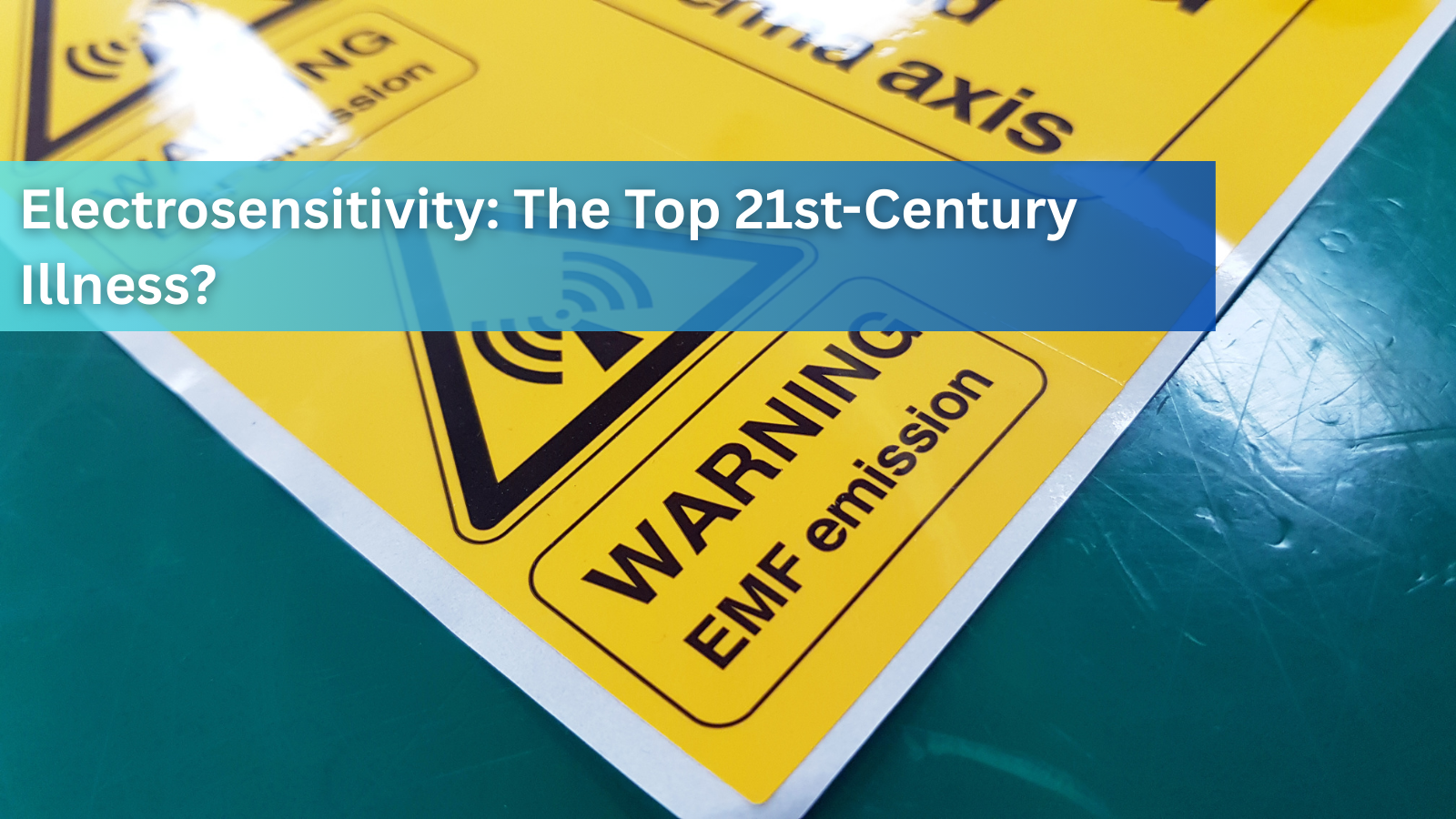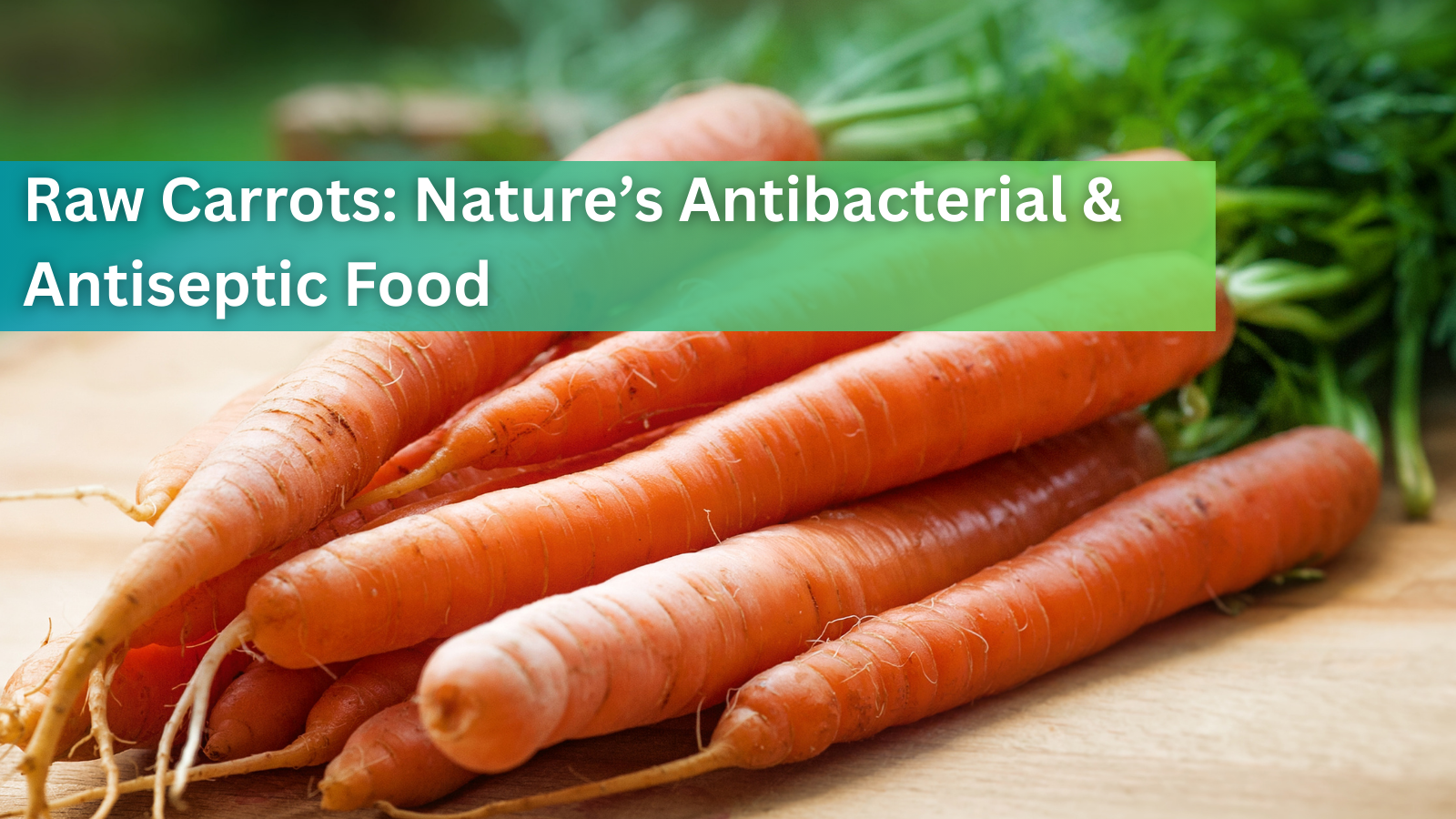This Amino Acid is A Double-Edged Sword in the Presence of Cancer

Taurine is a sulfur-containing amino acid derivative found abundantly in animal tissues that has been touted for its role in heart health, mitochondrial function, and cellular hydration. In recent years, taurine is increasingly recognized as a “longevity nutrient”—one that appears to decline with age and whose supplementation may support healthy aging.
However, new research raises a red flag: taurine's benefits may turn dangerous in the presence of cancer, especially certain types like leukemia. Emerging evidence shows that taurine can feed malignant cells by stimulating growth-promoting pathways, posing a serious risk to individuals with undiagnosed or active cancer.
This article explores the science behind taurine’s anti-aging effects, the hidden risks when cancer is present, and the paradox of nutrients that both support and sabotage health depending on context.
Taurine: A Longevity-Promoting Nutrient
In a landmark 2023 study published in Science, Singh et al. found that taurine supplementation improved healthspan and lifespan in mice, monkeys, and worms. The researchers observed:
- Improved muscle strength
- Reduced inflammation
- Better metabolic health
- Enhanced mitochondrial function
In mice, taurine supplementation extended median lifespan by 10–12%, and in rhesus monkeys, it improved bone density, glucose tolerance, and immune function.
“Our results indicate that taurine deficiency may be a driver of aging,” said Dr. Vijay Yadav, lead author of the study. “Restoring taurine levels may offer a way to improve health in old age.”
This has led to a surge in interest in taurine supplements, particularly among biohackers and aging researchers. Yet, while taurine shows promise as an anti-aging molecule, its darker potential—especially in oncological contexts—is often overlooked.
Taurine and Cancer: Fuel for the Fire?
While taurine is essential for many physiological functions, including antioxidant defense and cell membrane stability, its role in cancer biology is far more complex.
Taurine Activates mTOR: A Powerful Growth Pathway
A 2022 study published in Nature Metabolism explored how taurine interacts with cancer metabolism. In leukemia cells, researchers discovered that taurine activates mTOR (mechanistic Target of Rapamycin), a central regulator of cell growth and proliferation.
“mTOR acts like a growth switch in cells,” explained Dr. Petra Rix, one of the study’s co-authors. “When taurine levels are high, leukemia cells ramp up growth and evade apoptosis.”
This effect is particularly concerning in aggressive blood cancers such as acute myeloid leukemia (AML) and chronic lymphocytic leukemia (CLL), where hyperactive mTOR signaling is associated with poor prognosis.
Blocking Taurine’s Entry Slows Cancer Progression
In the same study, researchers blocked taurine’s transport into leukemia cells using a selective inhibitor of the TAUT transporter. The results were striking:
- Disease progression was delayed
- Cancer cell proliferation was dramatically reduced
- Survival was extended by up to sixfold in mouse models
These findings suggest that while taurine may support healthy cells, it can be hijacked by cancer cells as a growth stimulant—a metabolic fuel to accelerate their spread.
“In animals with leukemia, taurine behaved like a double agent,” said Dr. Rix. “It helped the disease thrive. But when we blocked its uptake, the cancer slowed to a crawl.”
Taurine in Energy Drinks: A Risk Factor?
Taurine is a common ingredient in energy drinks, often included at doses far exceeding physiological levels (up to 1,000–2,000 mg per can). These drinks are popular among adolescents and young adults, a demographic where early-stage or undiagnosed cancers may go unnoticed.
While a healthy body can regulate taurine levels, synthetic or high-dose supplementation may tip the balance—especially in those with metabolic dysregulation or genetic predispositions to cancer.
A 2023 review in Cancers highlighted concerns that exogenous taurine may serve as a metabolic substrate for tumors, particularly in high-glucose, high-insulin environments where mTOR is already overactive.
The Nutrient Paradox: When Good Molecules Go Bad
Taurine’s story mirrors that of other nutrients—beneficial in moderation, but dangerous when co-opted by malignant systems.
Examples of Metabolic Hijacking in Cancer:
- Glucose: The primary fuel for cancer cells via the Warburg effect.
- Glutamine: An amino acid essential for T-cell function, but also used by tumors to fuel anabolic growth.
- Iron: Crucial for oxygen transport, yet excessive iron can promote oxidative DNA damage and tumor growth.
- Methionine: Supports methylation and repair, but is often overconsumed by cancerous cells to sustain replication.
“Cancer is a disease of context,” says Dr. Valter Longo, a leading expert in longevity and metabolism. “The same nutrients that help us live longer may be repurposed by cancer cells to grow faster.”
This is why blanket supplementation without medical guidance—especially in aging populations—can backfire.
V. Final Thoughts: Personalizing Nutrition for Healthy Aging
Taurine holds enormous promise as a longevity-promoting molecule, but as with any bioactive compound, context matters. For healthy individuals, moderate taurine intake from whole foods (like seafood and meat) may enhance vitality. However, for those with cancer—or at high risk—taurine supplementation should be approached with caution, especially from synthetic sources.
Key Takeaways:
- Taurine levels decline with age and may support longevity when restored.
- In cancers like leukemia, taurine activates mTOR and fuels tumor growth.
- Blocking taurine uptake in cancer models slows disease and improves survival.
- Taurine is part of a broader class of “dual-use” nutrients—helpful to healthy cells, but exploitable by malignant ones.
As always, the safest path to longevity lies in precision nutrition, guided by both current health status and emerging molecular insights.
References:
- Singh, A. et al. (2023). “Taurine deficiency as a driver of aging.” Science.
- Rix, P. et al. (2022). “Taurine activates mTOR signaling in leukemia cells.” Nature Metabolism.
- Pinto, A. et al. (2023). “Taurine and its metabolic implications in cancer.” Cancers.
- Longo, V. et al. (2015). “Fasting-mimicking diet and its implications in cancer and aging.” Cell Metabolism.

September 27, 2025
Immune Supplements: Top 10 Best Supplements to Boost Immunity
Are you looking for effective ways to enhance your body’s natural defense? Immune supplements have become popular choices to support the immune system booster function, especially in times of increased illness risk. With so many products...
Read more
September 27, 2025
Cell Phone and WiFi Safety: How to Prevent and Treat EMF Damage and Electrosensitivity
Electrohypersensitivity (EHS), often called electrosensitivity, has been a polarizing and increasingly relevant issue over the past decade and a half. Since the number of people identifying with these symptoms continues to grow exponent...
Read more
September 27, 2025
Raw Carrots: Nature’s Antibacterial & Antiseptic Food
For most of us, carrots are simply a crunchy snack or a source of vitamin A. But according to researcher Ray Peat, PhD, raw carrots offer something more unusual: they act as a kind of natural antiseptic inside the gut, helping to contro...
Read more




Leave a comment